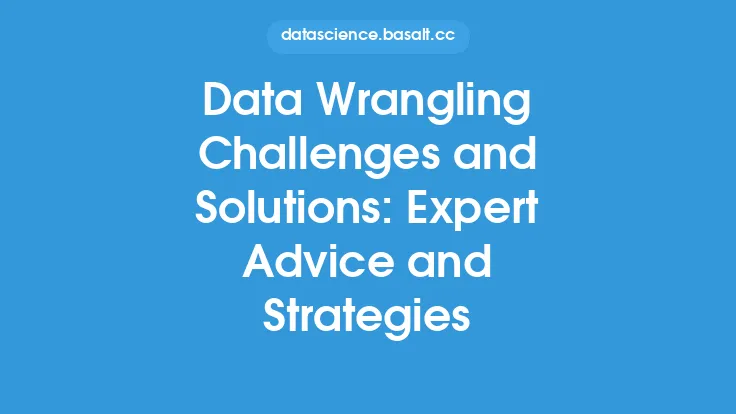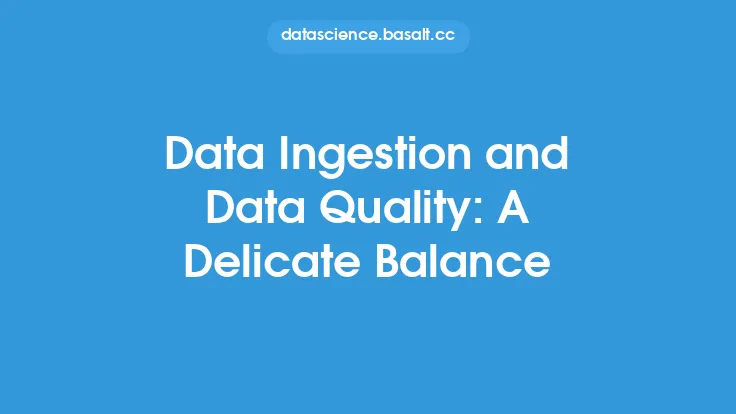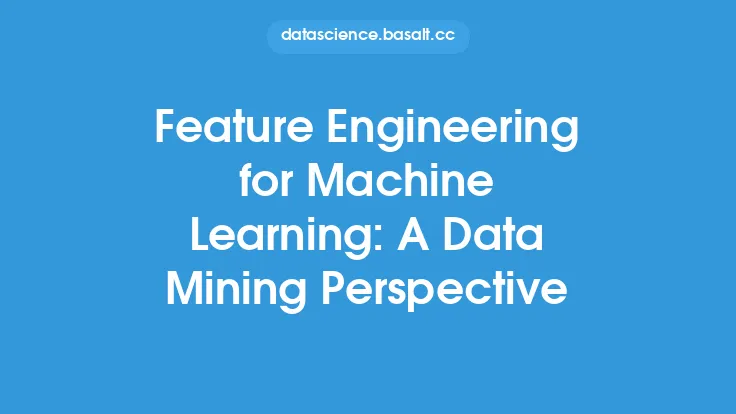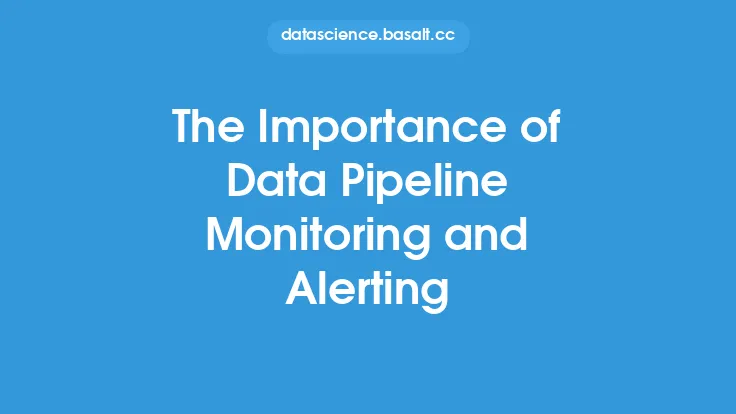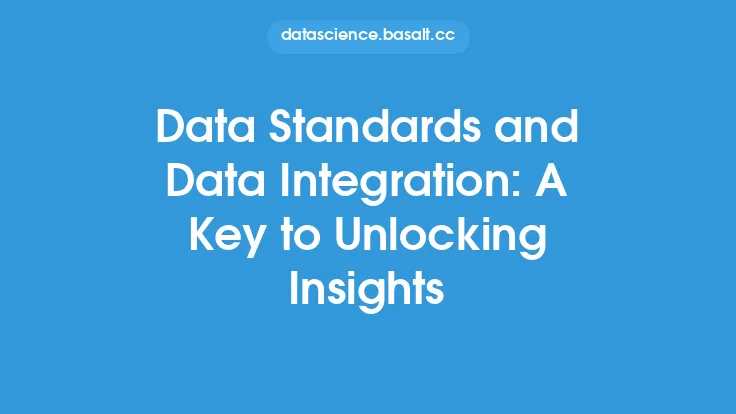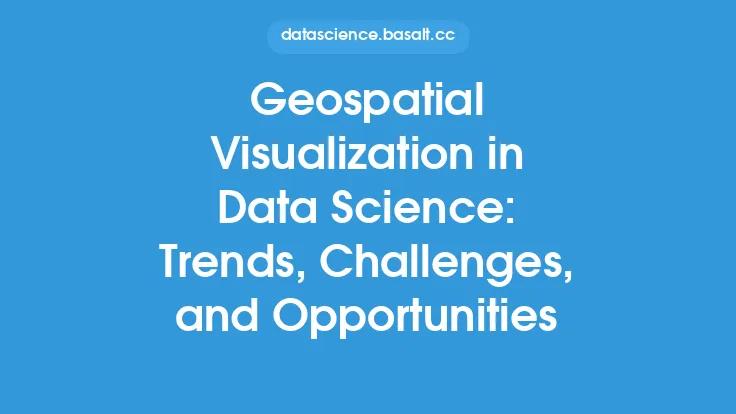As a data engineer, one of the most critical components of building a robust data pipeline is data ingestion. Data ingestion refers to the process of collecting, transporting, and processing data from various sources to a centralized location, such as a data warehouse or data lake, for analysis and insights. However, data ingestion is not without its challenges. In this article, we will delve into the common data ingestion challenges and solutions from a data engineer's perspective.
Introduction to Data Ingestion Challenges
Data ingestion challenges can be broadly categorized into three main areas: data source complexity, data processing and storage, and data quality and reliability. Data source complexity refers to the diversity of data sources, formats, and protocols, which can make it difficult to collect and process data. Data processing and storage challenges arise from the need to handle large volumes of data, ensure data consistency, and provide scalable storage solutions. Data quality and reliability challenges are related to ensuring that the ingested data is accurate, complete, and consistent.
Data Source Complexity Challenges
One of the primary challenges in data ingestion is dealing with diverse data sources, formats, and protocols. Data can come from various sources, such as social media, IoT devices, logs, and databases, each with its own unique characteristics. For example, social media data may be in JSON format, while log data may be in CSV format. Additionally, data sources may use different protocols, such as HTTP, FTP, or MQTT, which can make it difficult to collect and process data. To overcome these challenges, data engineers can use data ingestion tools that support multiple data sources, formats, and protocols, such as Apache NiFi, Apache Kafka, or AWS Kinesis.
Data Processing and Storage Challenges
Another significant challenge in data ingestion is processing and storing large volumes of data. As data volumes grow, it becomes essential to ensure that the data pipeline can handle the increased load without compromising performance. Data engineers can use distributed processing frameworks, such as Apache Spark or Apache Flink, to process large volumes of data in parallel. Additionally, scalable storage solutions, such as Hadoop Distributed File System (HDFS), Amazon S3, or Google Cloud Storage, can be used to store large amounts of data.
Data Quality and Reliability Challenges
Ensuring data quality and reliability is critical in data ingestion. Data engineers must ensure that the ingested data is accurate, complete, and consistent. However, data quality issues, such as missing or duplicate values, can arise during data ingestion. To overcome these challenges, data engineers can use data validation and data cleansing techniques, such as data profiling, data normalization, and data transformation. Additionally, data engineers can use data quality tools, such as Apache Beam or Talend, to monitor and improve data quality.
Solutions to Data Ingestion Challenges
To overcome the data ingestion challenges, data engineers can use a combination of tools, techniques, and best practices. Some of the solutions include:
- Using data ingestion tools that support multiple data sources, formats, and protocols
- Implementing distributed processing frameworks to handle large volumes of data
- Using scalable storage solutions to store large amounts of data
- Implementing data validation and data cleansing techniques to ensure data quality
- Using data quality tools to monitor and improve data quality
- Implementing data governance policies to ensure data consistency and reliability
Best Practices for Data Ingestion
To ensure successful data ingestion, data engineers should follow best practices, such as:
- Defining clear data ingestion requirements and use cases
- Selecting the right data ingestion tools and technologies
- Implementing data validation and data cleansing techniques
- Monitoring and optimizing data ingestion performance
- Ensuring data security and compliance
- Documenting data ingestion processes and workflows
Conclusion
In conclusion, data ingestion is a critical component of building a robust data pipeline, but it is not without its challenges. Data engineers must overcome data source complexity, data processing and storage, and data quality and reliability challenges to ensure successful data ingestion. By using the right tools, techniques, and best practices, data engineers can overcome these challenges and ensure that data is ingested accurately, efficiently, and reliably. As data volumes continue to grow, it is essential for data engineers to stay up-to-date with the latest data ingestion tools, techniques, and best practices to ensure that their data pipelines can handle the increased load and provide valuable insights to the business.
